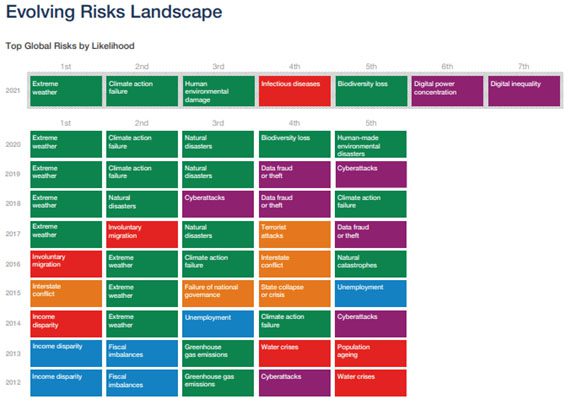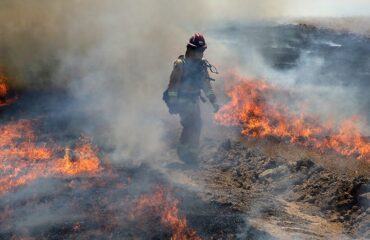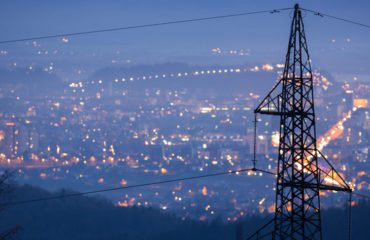
Better Intelligence and Communications are needed to counter current global environmental threats.
The World Economic Forum’s annual risks report has consistently since 2012 highlighted extreme weather, climate action failure and human environmental damage in the top five risks to global habitation. The breakout of the Covid-19 pandemic early in 2020, understandably made it into the top five in 2020’s WEF annual risk report, but despite the impact that the pandemic has wrought across the world, the top three risks are still environmental.

 The consistent warnings from 2012 onwards have absolutely echoed in reality. Last year the world reeled against over thirty named storms, thirteen regular hurricanes and six major hurricanes; the highest number on record. More records were broken as temperatures soared again, (although as I write this blog even last year’s records are being broken). Consequently, bush and forest fires in Australia, and North America are in the news, https://www.latimes.com/wildfires-map/?fire=sugar- and not just fires; Flooding in China from the monsoon season in June 2020 killed over two-hundred people and was the most expensive disaster costing the Chinese $32 billion. The risks are not diminishing nor are the incidents reducing; indeed, things are only going to get worse.
The consistent warnings from 2012 onwards have absolutely echoed in reality. Last year the world reeled against over thirty named storms, thirteen regular hurricanes and six major hurricanes; the highest number on record. More records were broken as temperatures soared again, (although as I write this blog even last year’s records are being broken). Consequently, bush and forest fires in Australia, and North America are in the news, https://www.latimes.com/wildfires-map/?fire=sugar- and not just fires; Flooding in China from the monsoon season in June 2020 killed over two-hundred people and was the most expensive disaster costing the Chinese $32 billion. The risks are not diminishing nor are the incidents reducing; indeed, things are only going to get worse.
In every country the first responders to an environmental crisis are usually the emergency services. In most cases of fires and flooding it is fire services who bear the brunt of assessing the situation and reacting to the need to preserve life and mitigate against the damage. No matter which service responds, crucial in this fight, is getting the right information quickly to the people who need it. Satellite mapping has provided holistic analysis to various agencies which can be utilised by first responders. In return information from the ground and fed back into central information systems has provided greater granularity in the information. In many cases fire and flooding events occur in areas where communications networks are limited, the information flow is one-way until such time as data garnered from those on the ground have been able to upload vital information back. In these scenarios first responders are hampered by geographic isolation. Technology is now available that can bridge the divide between radio and cellular networks. The ability for first responders to be able to utilise Professional Mobile Radio (PMR) and Digital Mobile Radio (DMR) networks along with higher speed public and private cellular networks, and have the ability to extend this network using mobile unified communications technologies, is crucial advantage to better crises management in geographically challenging areas.
Recent examples of emergency services utilising technologies which both extend and unify various communication sources has seen the increase efficiency and safety of first responders in the field. Technology which has employed intelligent switching of 4G LTE (cellular data carrier) to DMR, the criteria for switching dependent on the availability and carrier speed of the connection, coupled with the mobility of the solution can provide front line services with the agility only unified communications can offer.
Simoco Wireless Solutions have developed technologies able to bridge and unify both radio and cellular networks to accommodate data streams from most data sources in a mobile environment. Contact us today to explore the options available to your organisation.


